Astilbe Companion Planting: Companion Plants For Astilbe
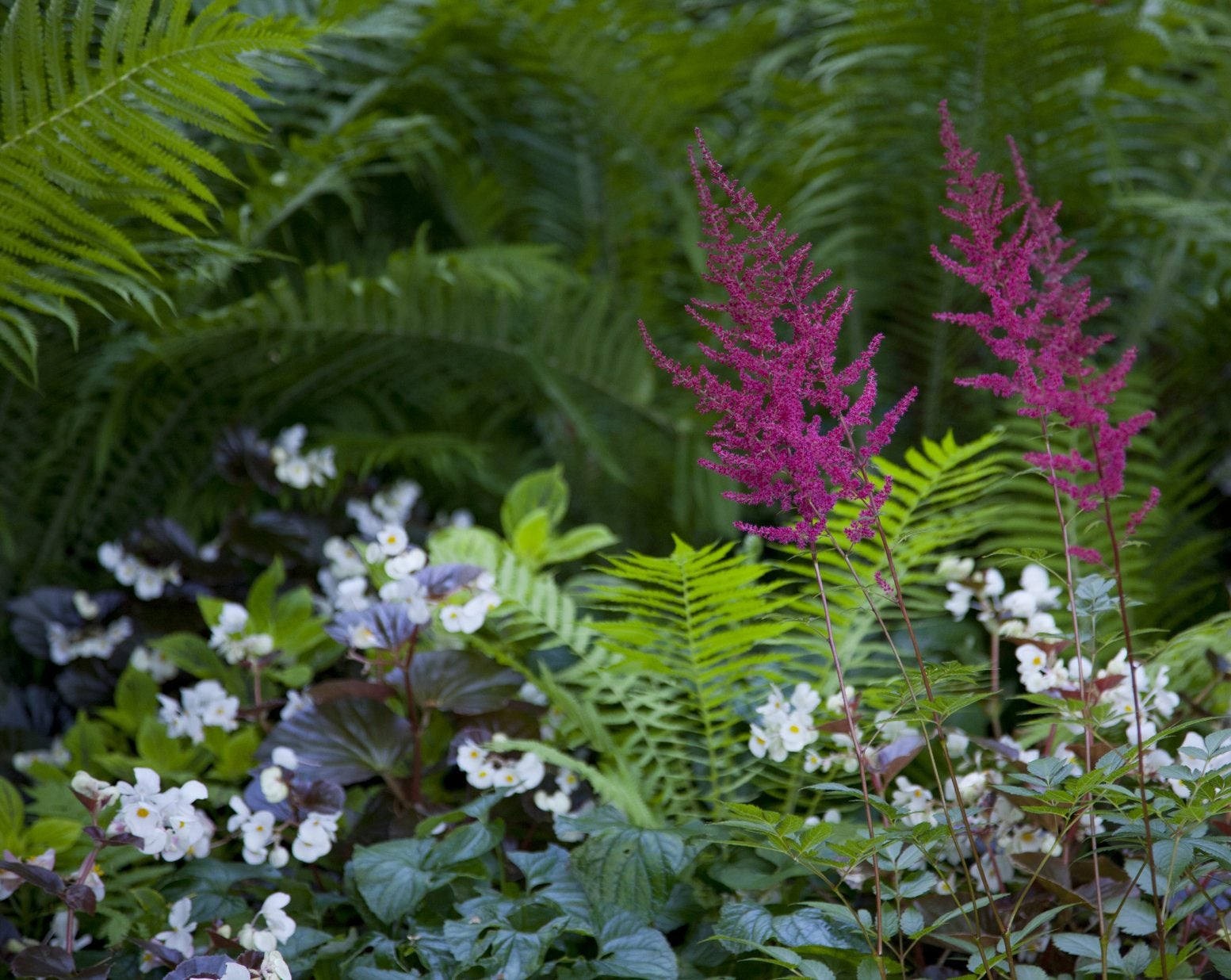

Astilbe is a fantastic plant to have in your flower garden. A perennial that’s hardy from USDA zones 3 through 9, it will grow for years even in climates with very cold winters. Even better, it actually prefers shade and acidic soil, meaning it’ll bring life and color to a part of your garden that might be hard to fill. What else can go in those spaces with it? Keep reading to learn about astilbe companion planting and plants that grow well with astilbe.
Plants That Grow Well With Astilbe
Astilbe likes dappled shade and acidic soil, so finding plants that grow well with astilbe means finding plants with similar soil and light requirements. Since it has such a broad hardiness range, choosing companion plants for astilbe also means choosing plants that will survive your winters. For instance, good astilbe companion plants in zone 9 may not be good astilbe companion plants in zone 3. Lastly, it’s a good idea to put astilbe with plants that begin to flower around the time it fades. Arendsii astilbe tends to bloom in late spring and early summer, while most other varieties bloom in mid to late summer. After it’s done blooming, astilbe will wither and brown and won’t blossom again, even with deadheading. Since it’s a perennial, though, you can’t just pull it out! Plant companion plants for astilbe that will overshadow it with impressive new flowers when it starts to die back.
Ideas for Astilbe Companion Plants
There are quite a few plants that meet these astilbe companion planting qualifications. Rhododendrons, azaleas, and hostas all prefer shade and grow in a very wide range of hardiness zones. Coral bells are a relative of astilbe and have more or less identical planting requirements. Some other plants whose blooming times and growing needs work well with astilbe include:
Gardening tips, videos, info and more delivered right to your inbox!
Sign up for the Gardening Know How newsletter today and receive a free copy of our e-book "How to Grow Delicious Tomatoes".

The only child of a horticulturist and an English teacher, Liz Baessler was destined to become a gardening editor. She has been with Gardening Know how since 2015, and a Senior Editor since 2020. She holds a BA in English from Brandeis University and an MA in English from the University of Geneva, Switzerland. After years of gardening in containers and community garden plots, she finally has a backyard of her own, which she is systematically filling with vegetables and flowers.
-
 4 Superfast Composting Methods: Turn Waste Into Garden Gold In 30 Days Or Less
4 Superfast Composting Methods: Turn Waste Into Garden Gold In 30 Days Or LessTry the fastest composting methods to turbocharge your pile and transform kitchen scraps and garden waste into finished compost in just a few weeks.
By Mary Ellen Ellis
-
 Best Spider Plant Soil – Complete Soil Guide And Expert Tips For Keeping Plants Happy
Best Spider Plant Soil – Complete Soil Guide And Expert Tips For Keeping Plants HappySpider plants are fun and easy plants to grow, but what is the best soil for a spider plant? Selecting the right soil is important so they can thrive.
By Bonnie L. Grant
-
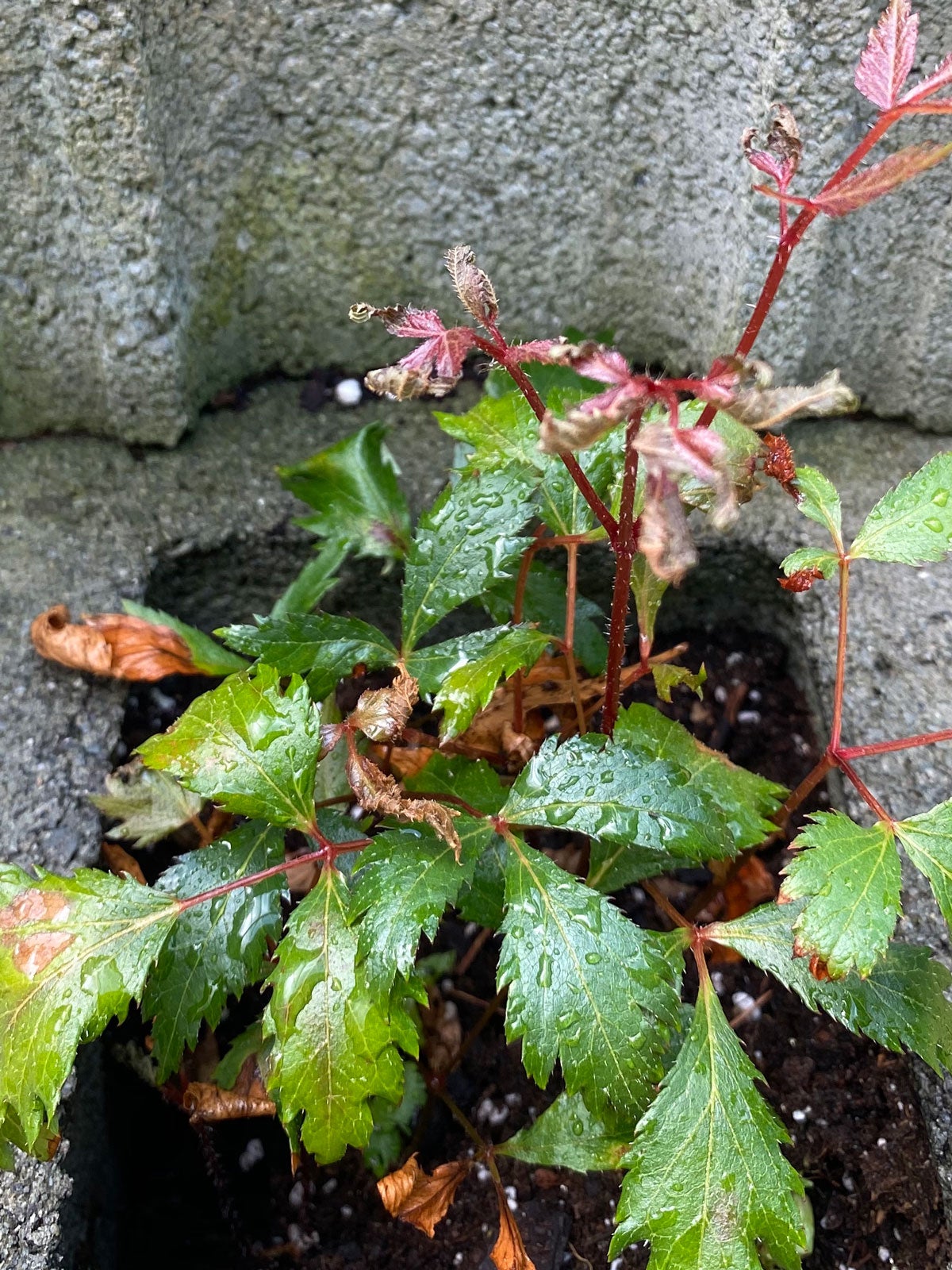 Astilbe Is Turning Brown: Troubleshooting Brown Astilbes
Astilbe Is Turning Brown: Troubleshooting Brown AstilbesBrowning astilbe can certainly mar your garden. Find out here why your astilbe is turning brown and what you can do to prevent or fix it here.
By Mary Ellen Ellis
-
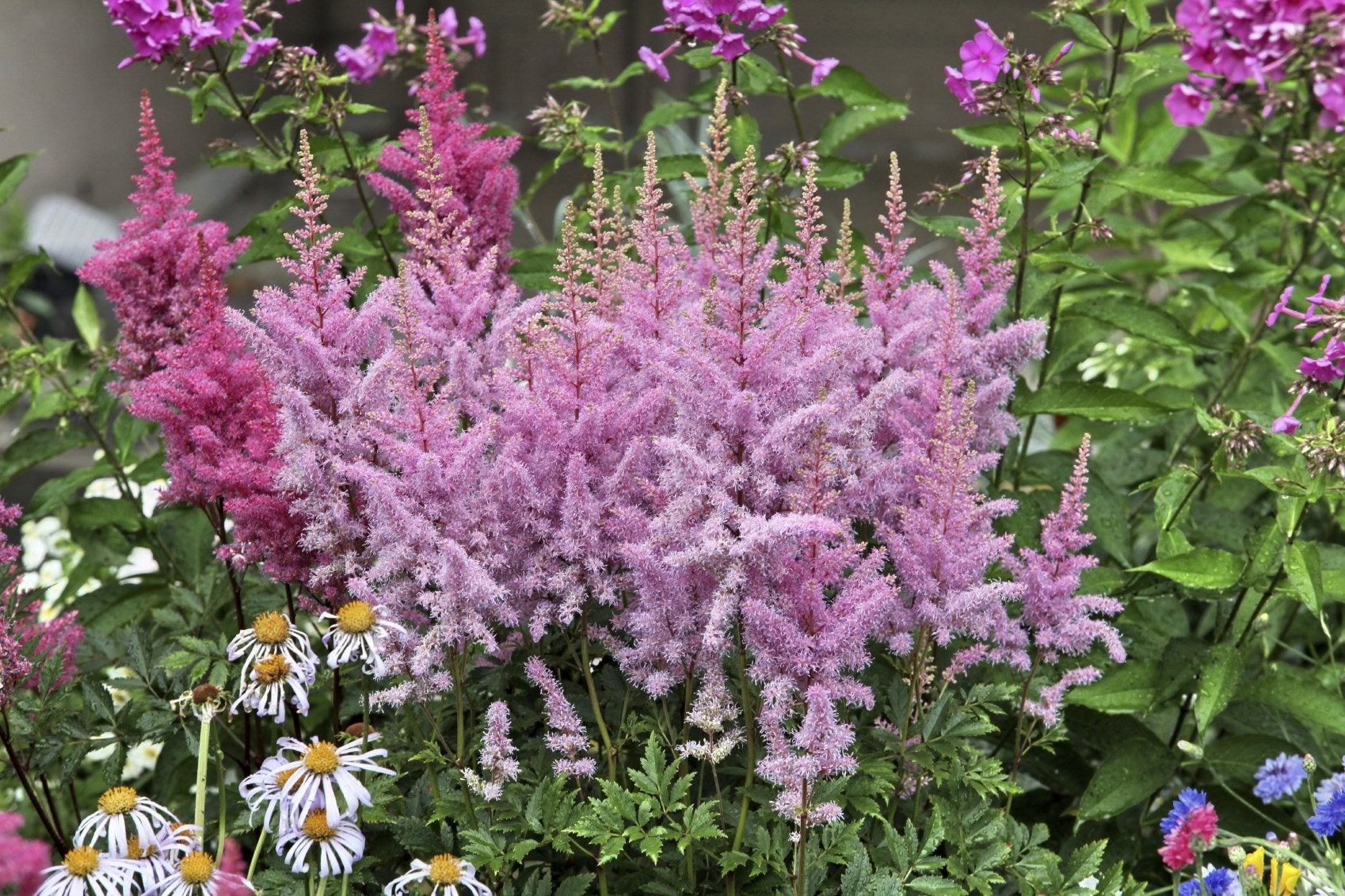 Bloom Time For Astilbe Plants: When Does Astilbe Bloom
Bloom Time For Astilbe Plants: When Does Astilbe BloomWhen does astilbe bloom? Astilbe plant bloom time is usually a phase of time between late spring and late summer depending on the cultivar. Learn more about the blooming of astilbe in this article to ensure more of these flowering plants in your garden.
By Karen Boness
-
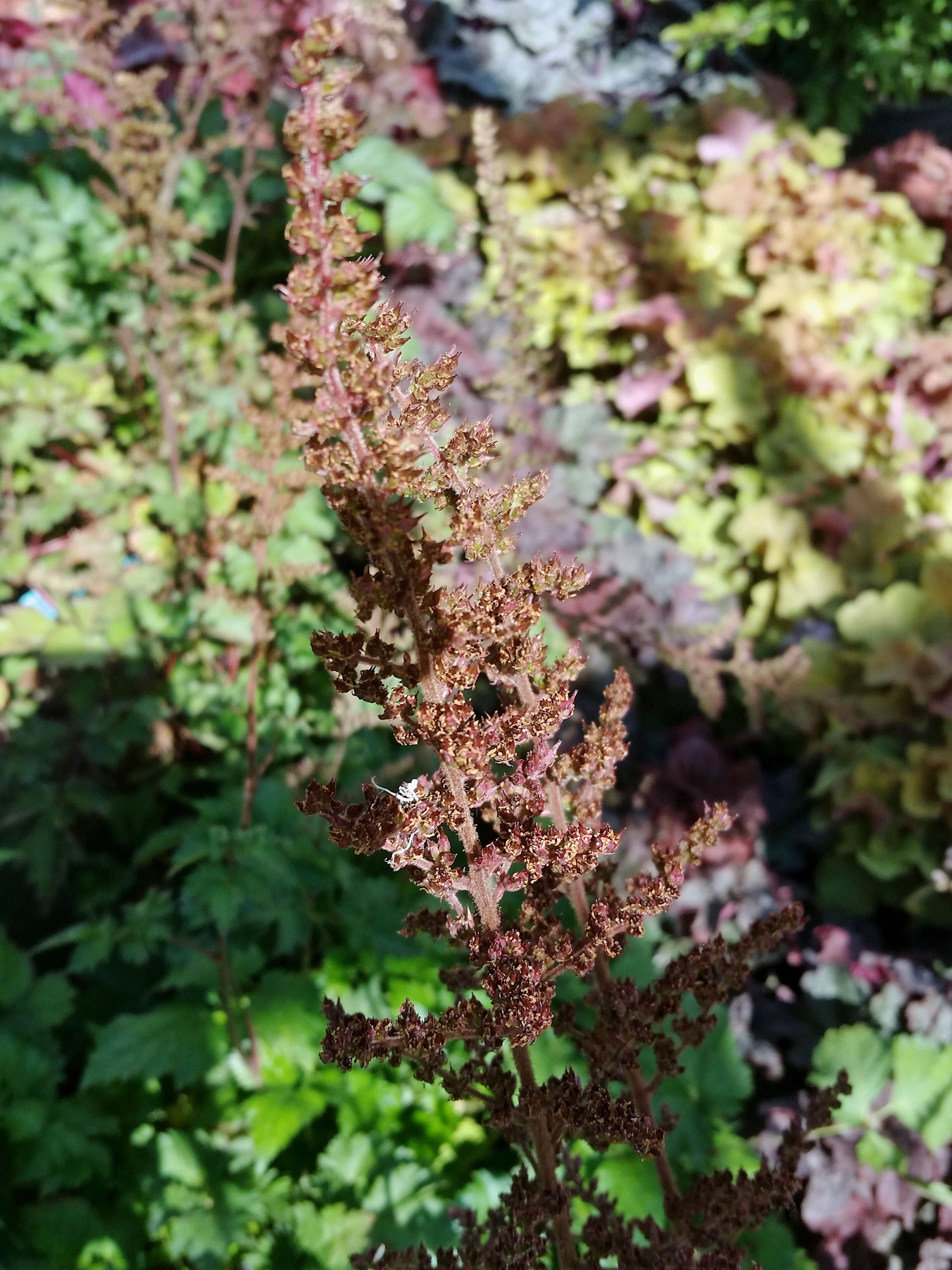 Troubleshooting Astilbe Diseases: Overcoming Problems Growing Astilbe Plants
Troubleshooting Astilbe Diseases: Overcoming Problems Growing Astilbe PlantsAstilbe plants are as tough as they are lovely. This doesn?t mean that they are completely pest free, however. For information on astilbe plant diseases, the following article will help. Click here to learn more.
By Teo Spengler
-
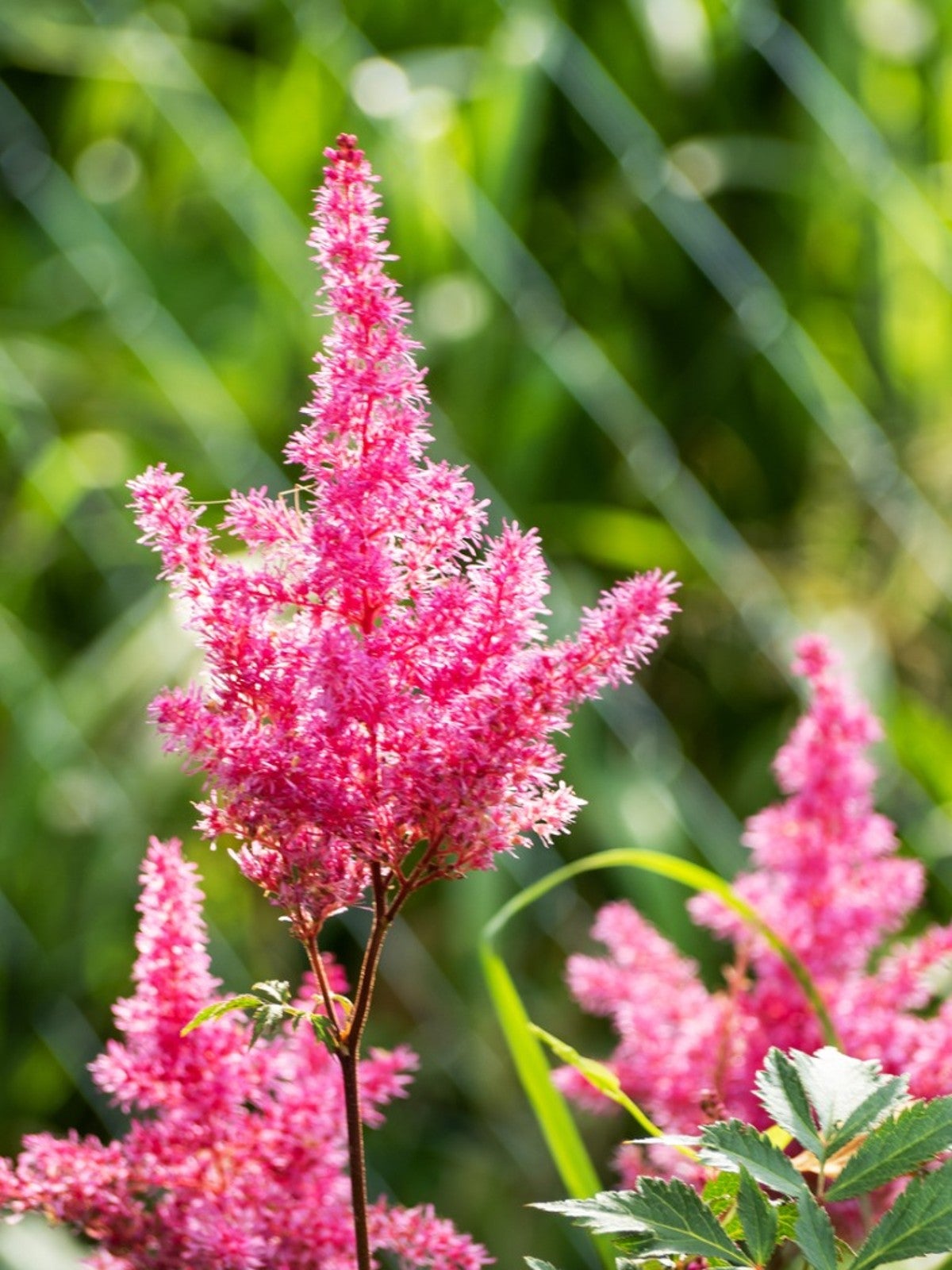 Tips On Feeding Astilbe: Learn About Fertilizer For Astilbe Plants
Tips On Feeding Astilbe: Learn About Fertilizer For Astilbe PlantsAstilbe produces vibrant, beautiful fronds of flowers, bringing color to dark areas. But how can you make sure you're getting the most out of your astilbe blooms? Click this article to learn more about how to fertilize astilbe plants.
By Liz Baessler
-
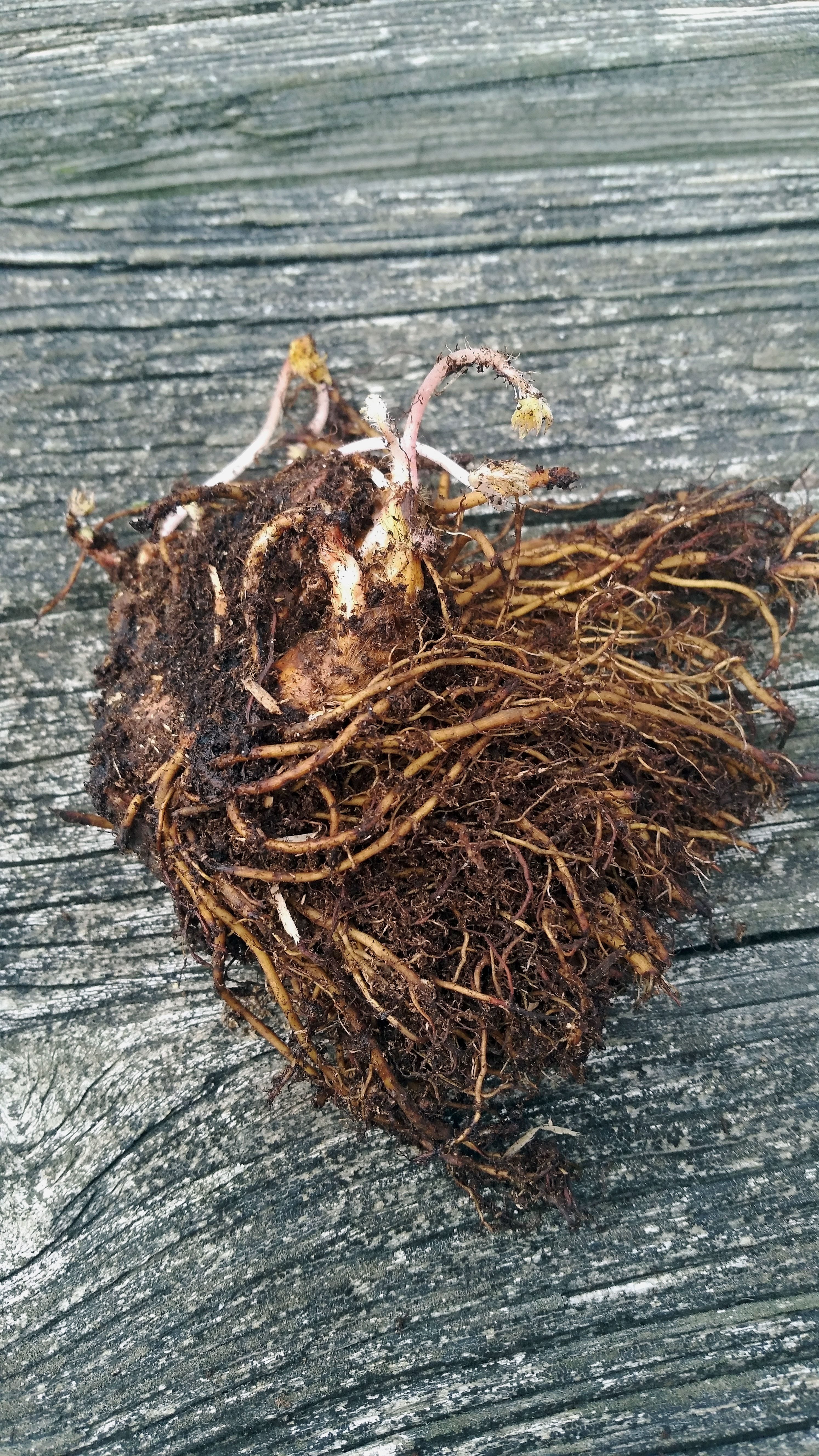 Astilbe Bare Roots – Learn About Bare Root Planting Of Astilbe
Astilbe Bare Roots – Learn About Bare Root Planting Of AstilbeAstilbe plants are usually propagated by root division in spring. Sometimes, however, they are sold bare root at that time. For more information about growing astilbe from bare roots, you should click on the following article.
By Teo Spengler
-
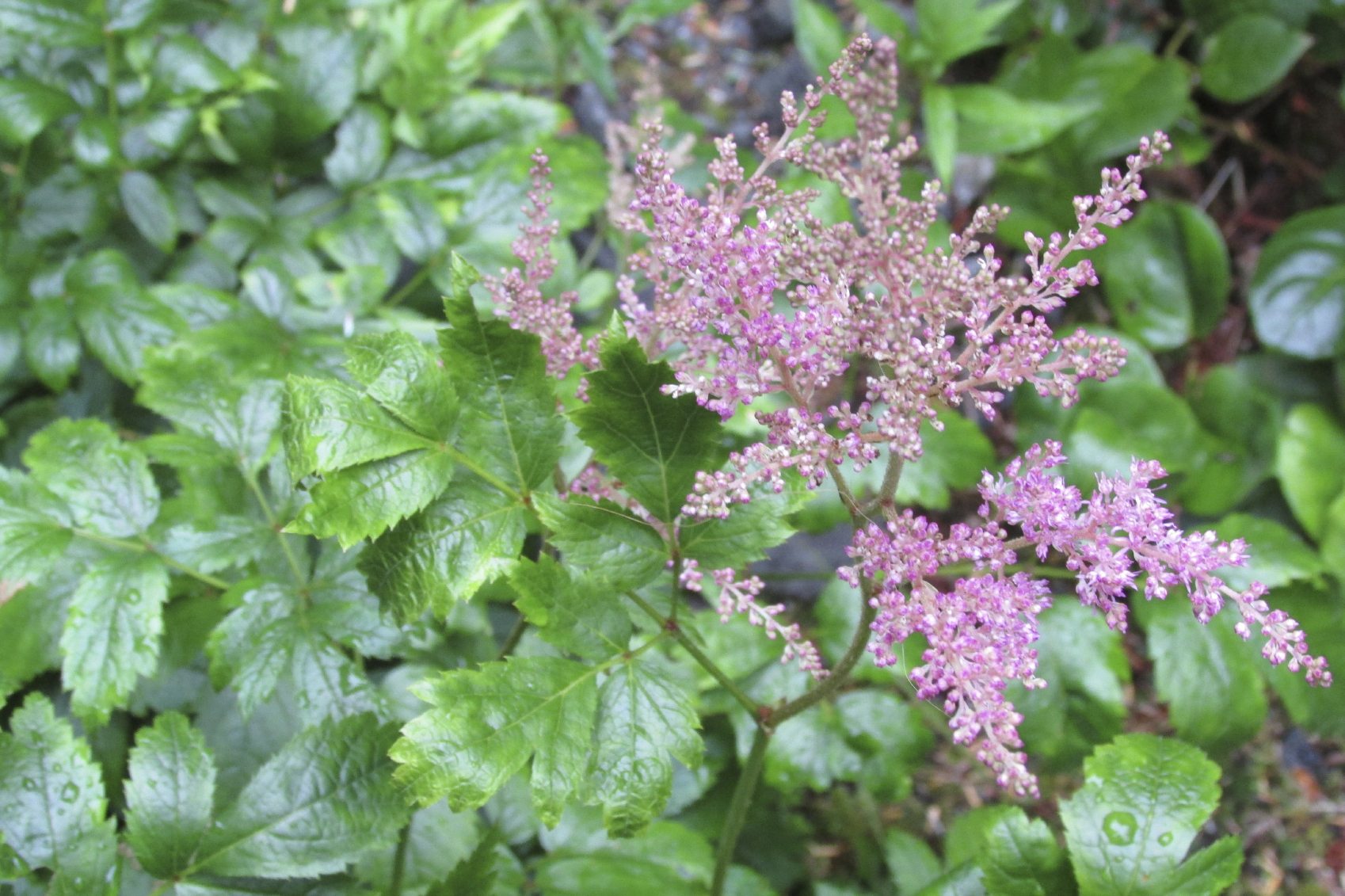 Dividing Astilbe Plants: How To Transplant Astilbe In The Garden
Dividing Astilbe Plants: How To Transplant Astilbe In The GardenMost perennial plants can be divided and transplanted, and astilbe is no exception. You don't need to transplant or divide astilbe plants every year, but every two to four years. For more information on dividing astilbe plants, click this article.
By Teo Spengler
-
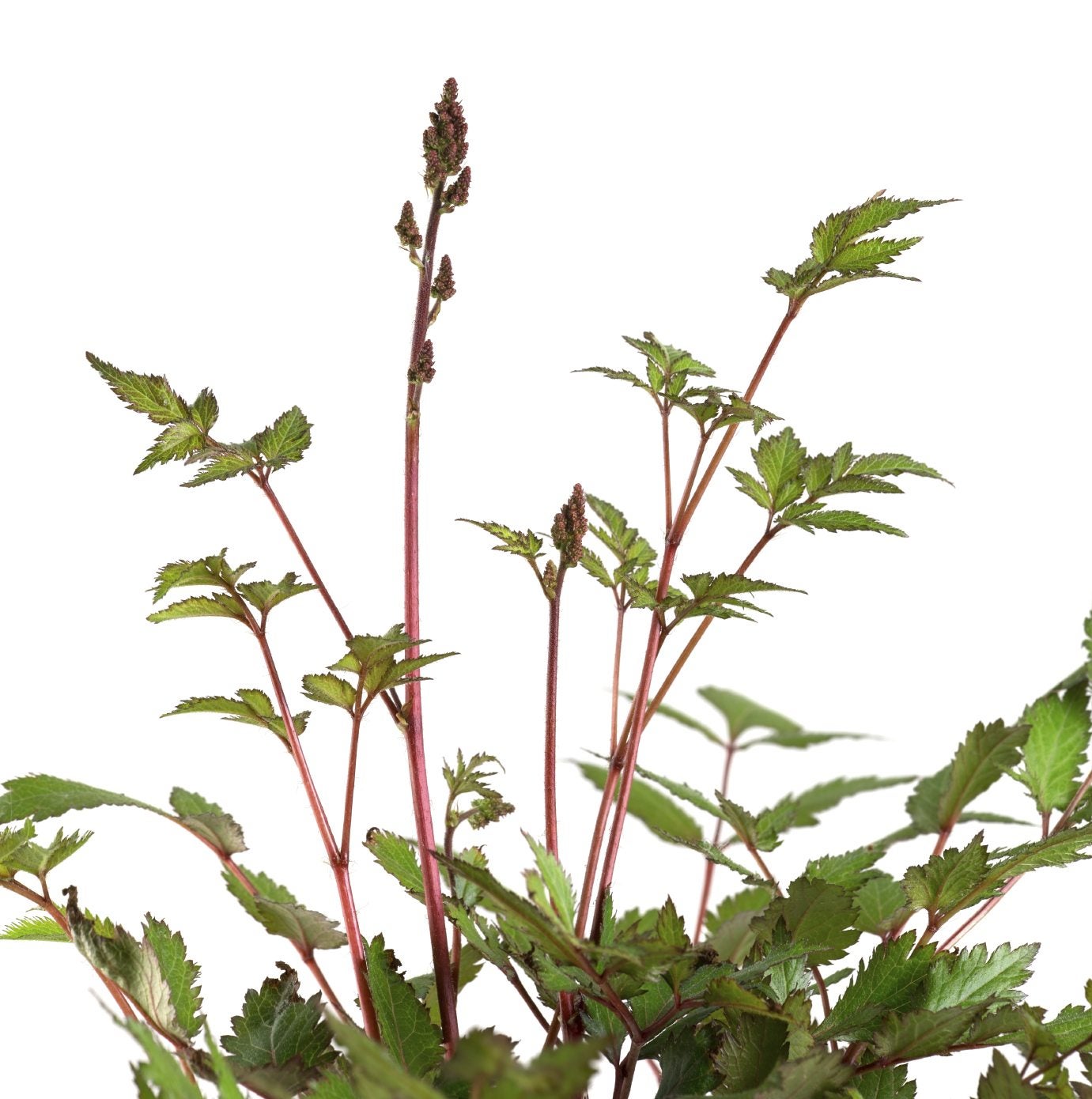 Astilbe Won’t Bloom: Reasons For Astilbe Not Blooming
Astilbe Won’t Bloom: Reasons For Astilbe Not BloomingAstilbe is one of America's most loved ornamental plants, and with good reason. This hardy perennial produces masses of blooms. It is generally a reliable bloomer, but if your astilbe won't bloom, there are several possible causes. This article will help.
By Mary H. Dyer
-
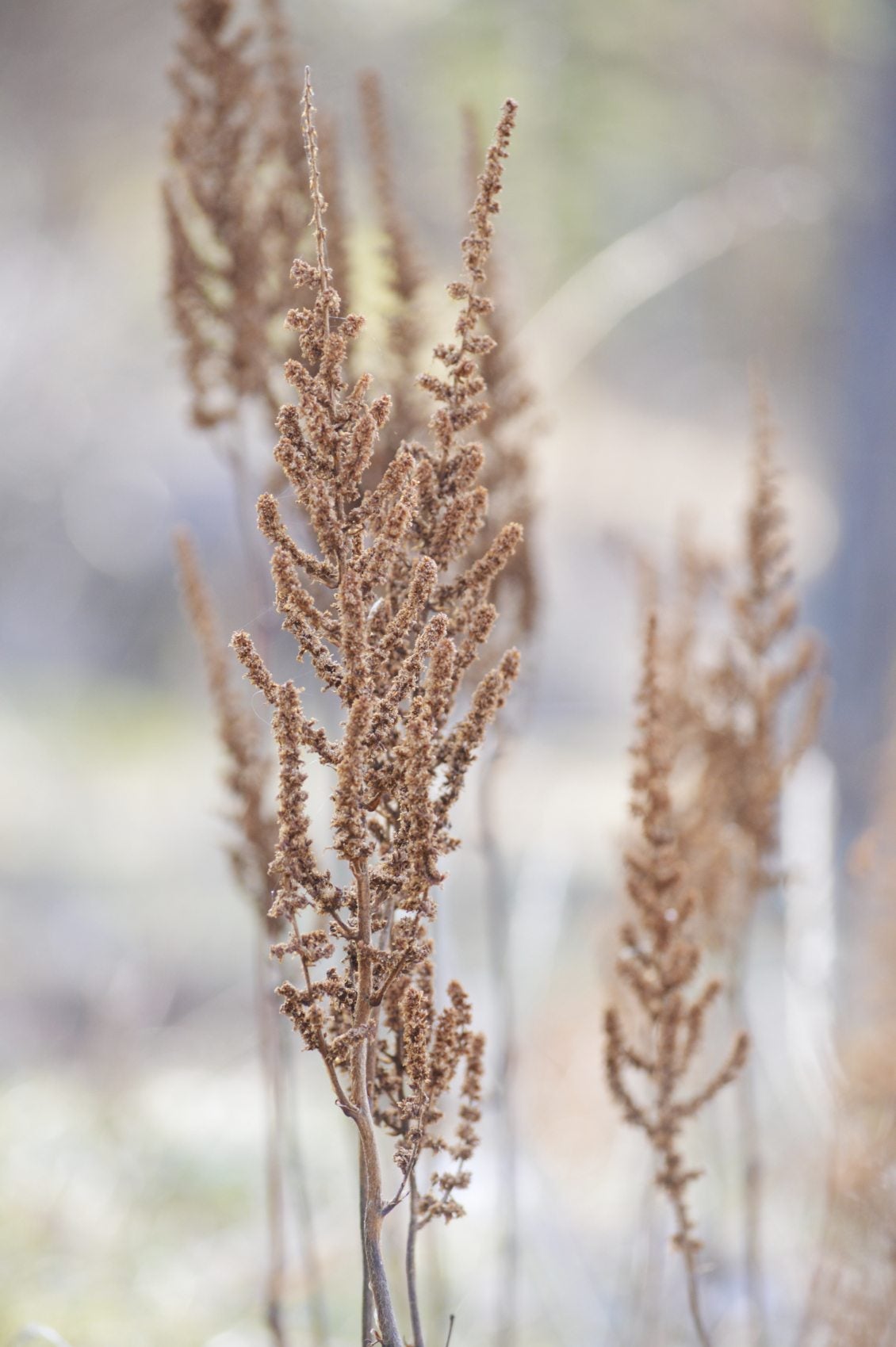 Astilbe Winter Care: How To Winterize Astilbe Plants
Astilbe Winter Care: How To Winterize Astilbe PlantsWhile it should survive for years, there are a few steps you can take to give astilbe a serious leg up and make sure it survives the cold. Find out how to care for astilbe plants in winter in the article that follows.
By Liz Baessler